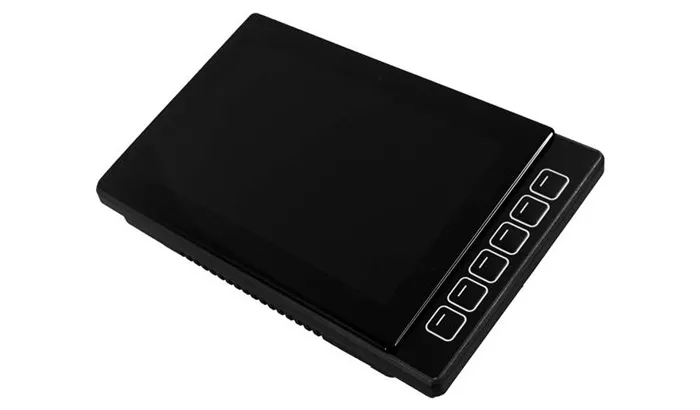MRS Electronic has launched two new human-machine interface (HMI) displays—the 4.3-inch TConn 4.3 and the 7-inch TConn 7—aimed at providing cost-effective and versatile solutions for users seeking options between smaller and larger displays.
Both models feature optically bonded screens to enhance visibility and offer impressive resolutions of 480 × 272 pixels for the TConn 4.3 and 800 × 480 pixels for the TConn 7. With brightness levels reaching up to 850 cd/m², these displays ensure clear visibility even in direct sunlight. Their wide viewing angle capacitive touchscreens support multi-touch gestures and glove compatibility, catering to various user needs. Additionally, the displays are equipped with four or six keys featuring fluorescent printing and optional backlighting, alongside a buzzer and real-time clock functionality.
Powered by the i.MX6 ULL processor—boasting a 528 MHz clock speed, 2 GB of storage, and 256 MB of RAM—both displays operate on a Linux operating system within a standard voltage range of 9 to 32 volts. Designed for durability, the impact- and heat-resistant housings can be mounted in various orientations as per customer requirements.
Connectivity options include two CAN FD-tolerant CAN 2.0 B interfaces and one USB 2.0 Type-C port, ensuring robust connections through a Deutsch DT connector for optimal protection in challenging environments. The displays have achieved an IP66 rating, making them dust-tight and resistant to strong water jets, suitable for operating in temperatures ranging from -30 to +65 degrees Celsius. They also comply with E1 approval according to ECE R 10 standards.
To facilitate rapid development of custom user interfaces, MRS Electronic provides the Opus Projektor Tool, which features a user-friendly drag-and-drop functionality. For more advanced customization, the company’s development team offers support using the Qt framework.
The new TConn displays are designed for seamless integration with MRS Electronic’s CAN controllers. For instance, pairing the TConn 4.3 with the CAN I/O – CC16WP controller enables the display to send and receive commands via the CAN bus, thus broadening the scope of potential applications.
Related topics:
- Yanmar Introduces E-Saildrive: A New Era of Electric Propulsion for Sailing
- Perkins Unveils 13-Liter Power Generation Engine Set for 2025 Launch
- Spain’s Redexis Achieves Milestone by Injecting Hydrogen into Natural Gas Network

